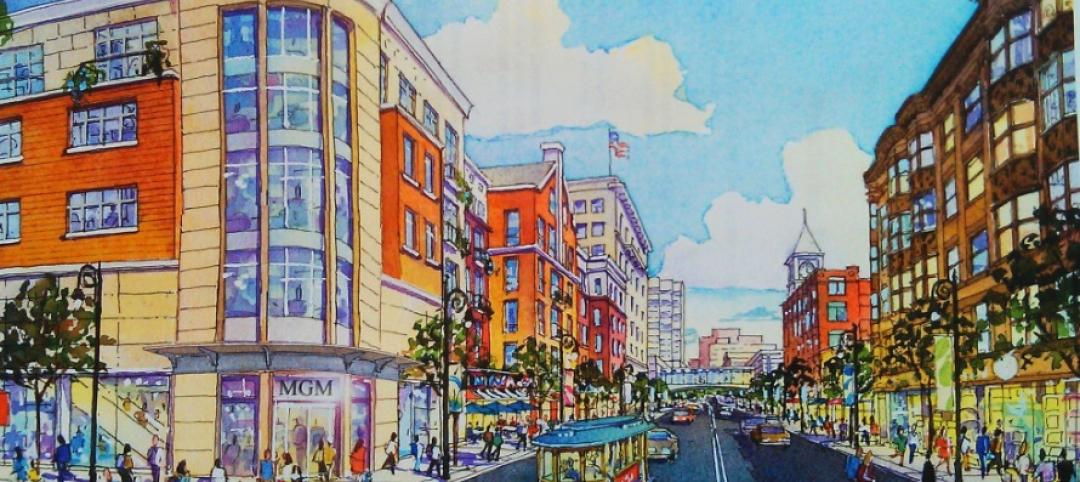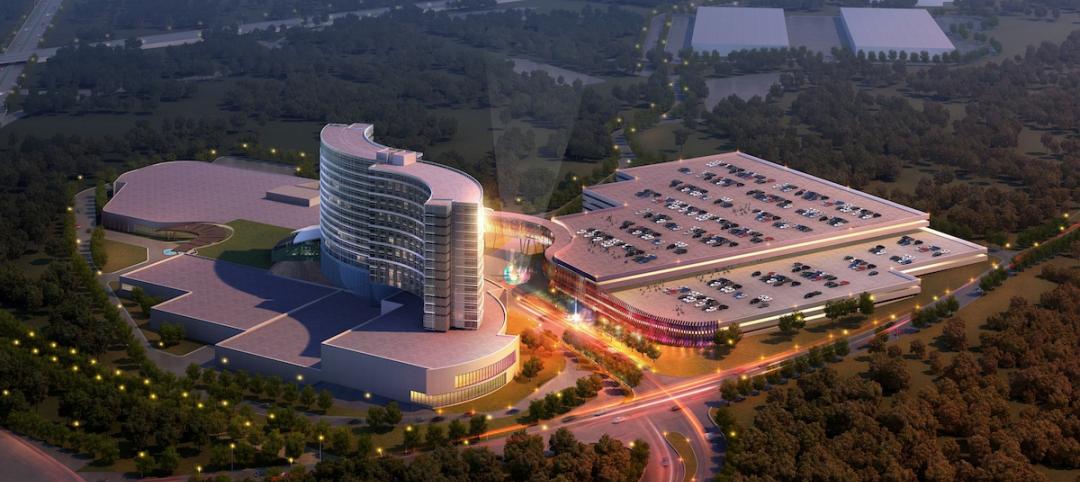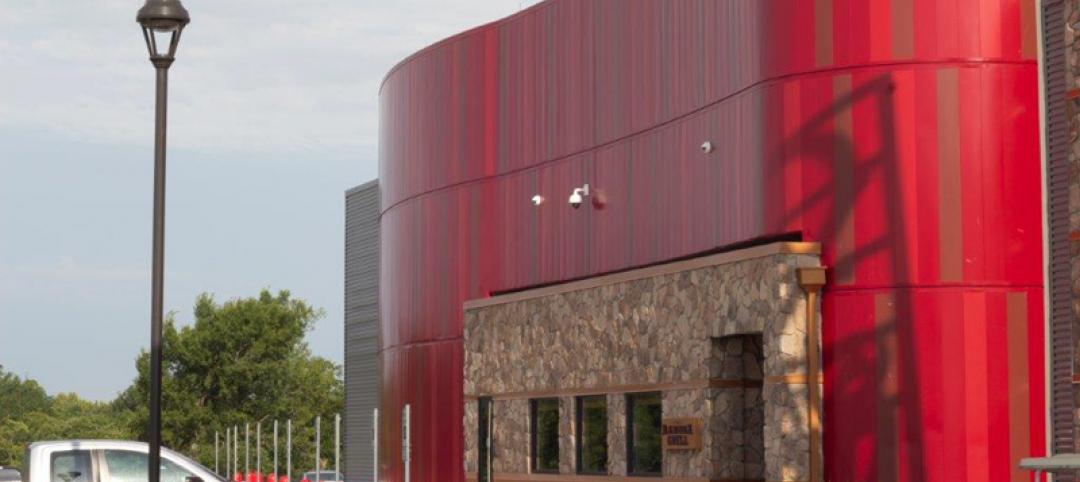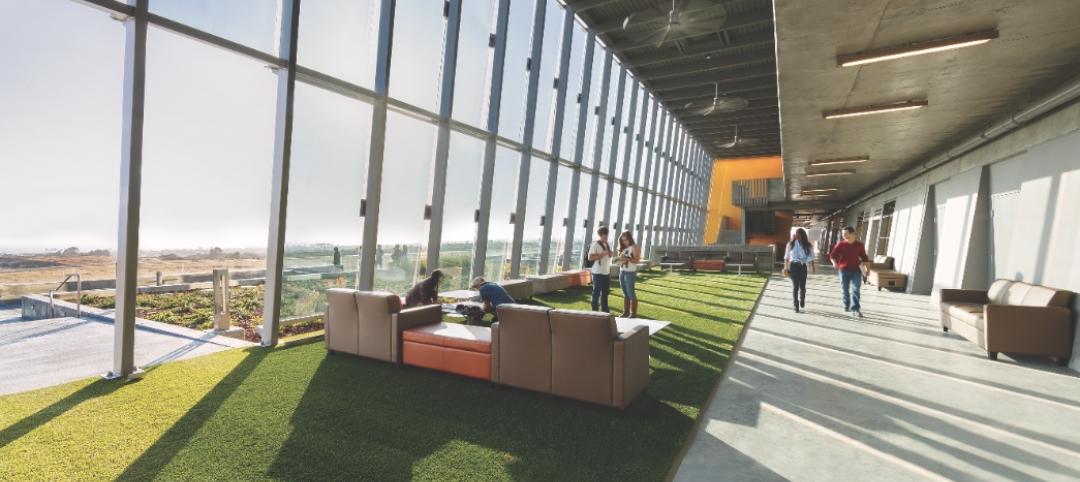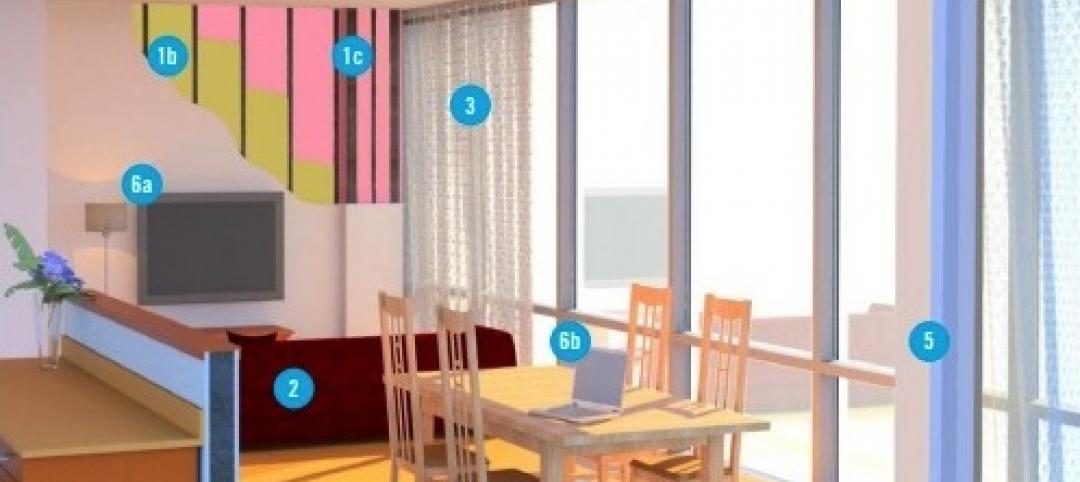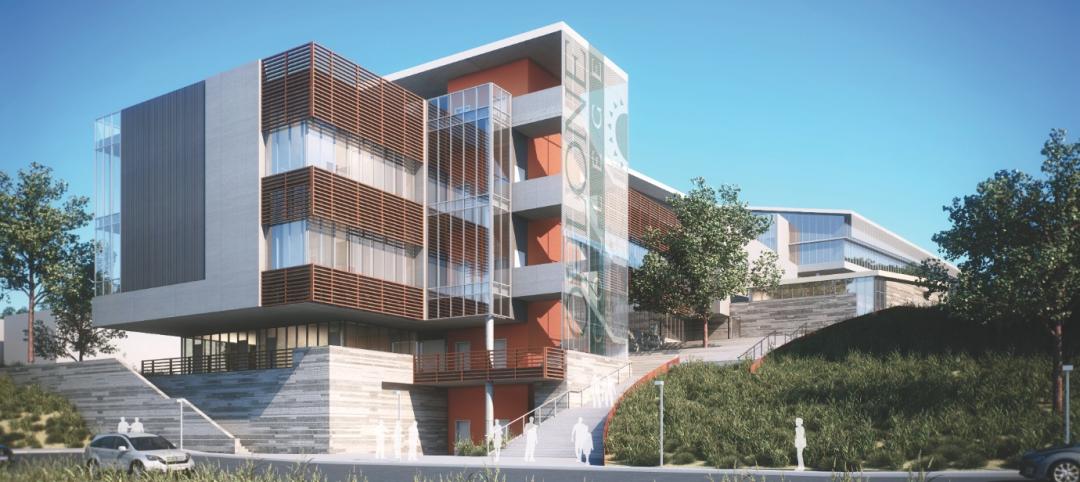When it comes to casinos, it would seem that resistance is futile, as municipalities large and small continue to crave the tax revenue and tourism these gambling emporiums generate, even though neither is the sure bet it once was.
Gambling revenue in Nevada was up only 1% last year to $11.1 billion, according to the state’s Gaming Control Board, which reported that gambling revenue from casinos on the Las Vegas Strip, $6.3 billion of the state’s total, was about flat with 2014 totals. In fact, Nevada’s gambling revenue has essentially been flat since 2009.
Next November, New Jersey voters will decide whether to expand casino gambling to the northern part of the state. That vote could have significant ramifications for Atlantic City, where four of 12 casinos closed in 2014, and where the state in January said it was taking over the finances and decision making to prevent that city from being forced to file for bankruptcy protection from creditors.
Against this backdrop, Boston ended its longstanding and costly opposition to casino gambling when, in the last week of January, it struck an agreement that removed the last obatacle for Wynn Resorts to build a $1.7 billion, 3-million-sf casino and hotel complex in Everett, Mass., a suburb of the city. Boston’s opposition was thwarted last December when a judge rejected the City’s lawsuit against the project.
Last September, the City of Everett Planning Board approved the site plan for the resort, a month after Wynn Everett received approval of its Environmental Impact report from the state, the culmination of a 27-month process. To prepare the property for the resort, Wynn had spent $30 million to remediate a contaminated 33-acre former chemical plant site that had been inaccessible to the public for more than a century. Charter Contracting conducted the initial phase of the land cleanup, and GZA was the licensed site professional on that project.
The Boston Globe reports that in exchange for Boston dropping any future legal efforts to block the casino, Wynn has agreed to pay an extra $6 million over the 15-year term of its agreement with the city. The city and Wynn Resorts have also agreed to cooperate on solving the inevitable challenges Boston will face opening a facility this large in a congested urban area.
Boston Mayor Martin Walsh—who had opposed the casino to protect neighboring Charlestown from the resort’s 24-7 impact—told the Globe that he anticipates some flak from anti-casino groups, especially those in Charlestown and Chelsea. But he also pointed out the benefits of this project will include thousands of new permanent jobs and millions of new tax dollars, which could be used for youth group activities and arts programs, along with helping to pay for a solution to chronic traffic problems at Sullivan Square, one of Massachusetts’ worse bottlenecks.
Two years ago, Wynn Resorts, in an attempt to move its plans forward, had assented to a $25 million payment to the City of Boston to help find a fix to traffic snarls at Sullivan Square, along with a $1.6 million annual payment to offset the long-term impact of the casino. Under the new 12-page agreement with Boston signed on January 27, Wynn has agreed to ante up another $400,000 per year for the next decade and a half. It will also make a one-time $750,000 payment to defray the City’s legal costs—estimated as high as $1.9 million—related to its efforts to block the casino.
On its website for the Everett resort, Wynn says it will have more than 600 hotel rooms that average 700 sf, which would make them the largest standard hotel rooms in Boston. The resort will include six restaurants, a sports bar, meeting and wedding spaces, as well as a four-season harborwalk park along Everett’s Mystic River, with viewing decks, pedestrian and bike paths, a water ferry, and waterfront dining and retail.
Suffolk Construction has been named the 33-acre resort’s general contractor for what is being dubbed as the largest single-phase construction project in Massachusetts’ history. Jacobs is the executive architect, and Wynn Design & Development created the building's design. The construction is expected to generate 4,000 union trade union jobs, and 4,000 permanent operation jobs.
The Everett resort is scheduled to open in 2018.
In 2011, then Massachusetts Gov. Deval Patrick signed Chapter 194, “An Act Establishing Expanded Gaming in the Commonwealth,” to promote job creation and tax revenue. Under that legislation, the licensing fee for each casino built in the state will be a minimum of $85 million, and the required capital investment at least $500 million. The state will receive 25% of the gross gaming revenue.
Related Stories
Casinos | Dec 21, 2015
Scaled-down casino can now move forward in Springfield, Mass.
It took a year, but the state’s gaming commission finally signs off on a $950 million proposal.
Casinos | Sep 22, 2015
Sovereign territory ruling allows for Mashpee Wampanoag Tribe's $500 million casino
The Massachusetts-based tribe has plans for a 150,000-sf casino and 600-room hotel, along with a waterpark and event center.
Sponsored | Coatings | Aug 25, 2015
Cherokee Casino Ramona reflects oil history in Indian territory
The eye-catching façade is a tribute to the area's rich oil history.
Sponsored | Native American Casinos | May 11, 2015
Casino design references the 19th Century Oil Rush
The site in Ramona, Okla., was the first commercial oil well drilled in what would become Oklahoma.
Casinos | Mar 25, 2015
Malaysia developer to break ground on mega resort in Las Vegas
The plan calls for adapting 80-85% of the unfinished Echelon casino structure for the new $4 billion resort and casino.
| Jan 2, 2015
Construction put in place enjoyed healthy gains in 2014
Construction consultant FMI foresees—with some caveats—continuing growth in the office, lodging, and manufacturing sectors. But funding uncertainties raise red flags in education and healthcare.
| Dec 28, 2014
AIA course: Enhancing interior comfort while improving overall building efficacy
Providing more comfortable conditions to building occupants has become a top priority in today’s interior designs. This course is worth 1.0 AIA LU/HSW.
| Oct 16, 2014
Perkins+Will white paper examines alternatives to flame retardant building materials
The white paper includes a list of 193 flame retardants, including 29 discovered in building and household products, 50 found in the indoor environment, and 33 in human blood, milk, and tissues.
| Oct 12, 2014
AIA 2030 commitment: Five years on, are we any closer to net-zero?
This year marks the fifth anniversary of the American Institute of Architects’ effort to have architecture firms voluntarily pledge net-zero energy design for all their buildings by 2030.
| Sep 24, 2014
Architecture billings see continued strength, led by institutional sector
On the heels of recording its strongest pace of growth since 2007, there continues to be an increasing level of demand for design services signaled in the latest Architecture Billings Index.



